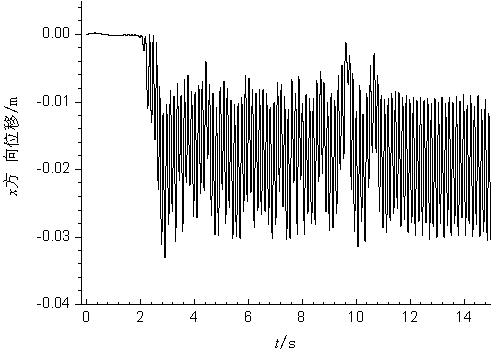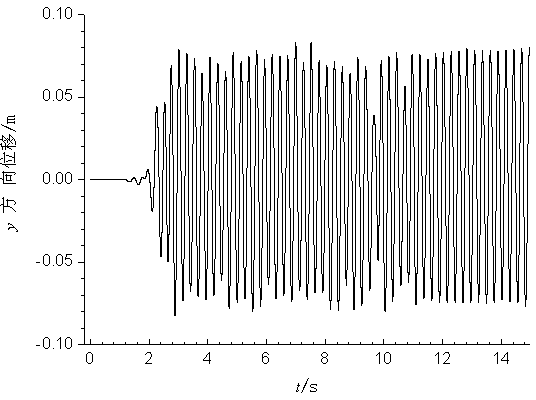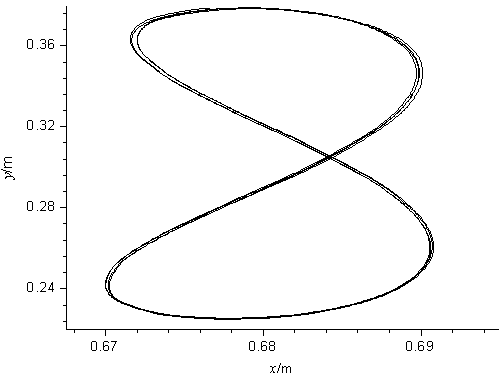Method for predicting flow-induced vibration characteristic of large-deformation super-elastic structure
A technology of vibration characteristics and prediction methods, which is applied in the field of biomechanics and its system coupling simulation, can solve problems such as grid deformity and discrete grid non-conservation, and achieve the effects of ensuring energy conservation, wide application fields, and strong adaptability
- Summary
- Abstract
- Description
- Claims
- Application Information
AI Technical Summary
Problems solved by technology
Method used
Image
Examples
Embodiment approach 1
[0037] Implementation mode one: such as figure 1 As shown, the method for predicting the flow-induced vibration characteristics of a large deformation superelastic structure based on the immersion boundary method includes the following steps:
[0038] Step 1: Use the meshing module to divide the entire coupled system area composed of fluid and superelastic structure using Cartesian meshing under Euler description, and output the element coordinate information to the file fnode.txt; solid area under Lagrange description Use body-fit finite element meshing, and output the corresponding mesh node information file to snode.txt;
[0039] Step 2: Use the initial value calculation module, load the boundary conditions of fluid calculation, and treat the coupled system area composed of fluid and superelastic structure as the solution of a single flow field under Euler description, and obtain the coupled system area composed of fluid and superelastic structure The steady-state flow field...
PUM
 Login to View More
Login to View More Abstract
Description
Claims
Application Information
 Login to View More
Login to View More - R&D
- Intellectual Property
- Life Sciences
- Materials
- Tech Scout
- Unparalleled Data Quality
- Higher Quality Content
- 60% Fewer Hallucinations
Browse by: Latest US Patents, China's latest patents, Technical Efficacy Thesaurus, Application Domain, Technology Topic, Popular Technical Reports.
© 2025 PatSnap. All rights reserved.Legal|Privacy policy|Modern Slavery Act Transparency Statement|Sitemap|About US| Contact US: help@patsnap.com



